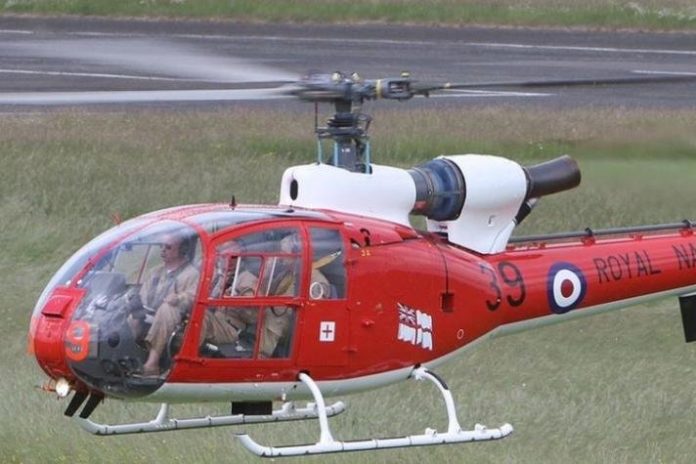
Nov. 22 (UPI) — Five European countries have agreed to collaborate on building next-generation helicopters, NATO announced on Friday.
A letter of intent for the Next-Generation Rotorcraft Capability, involving the construction of medium multi-role helicopters, was signed by representatives of France, Britain, Italy, Germany and Greece on Thursday.
It calls for international cooperation to build helicopters to replace those currently in use by NATO countries, most of which will reach the end of their operable life cycles between 2035 and 2040 and were largely designed in the 20th century.
Details, timetables and costs were not revealed, and other NATO countries are welcome to join the consortium.
Although Thursday’s letter of intent is non-binding, a legally binding memorandum of understanding will be offered, after the initial concept phase of the project, in 2022.
The signing ceremony was conducted by defense ministry representatives at their capital cities in a virtual meeting.
The new capability would be involved in missions including insertion and extraction of special operations forces, transport of cargo and troops, medical evacuation, search and rescue, and anti-submarine warfare. As medium-sized helicopters, they would fit between what NATO describes as light and heavy helicopters.
Following the signing, the five allies will “start working on a robust statement of requirements for informing an envisioned concept phase,” NATO said.






